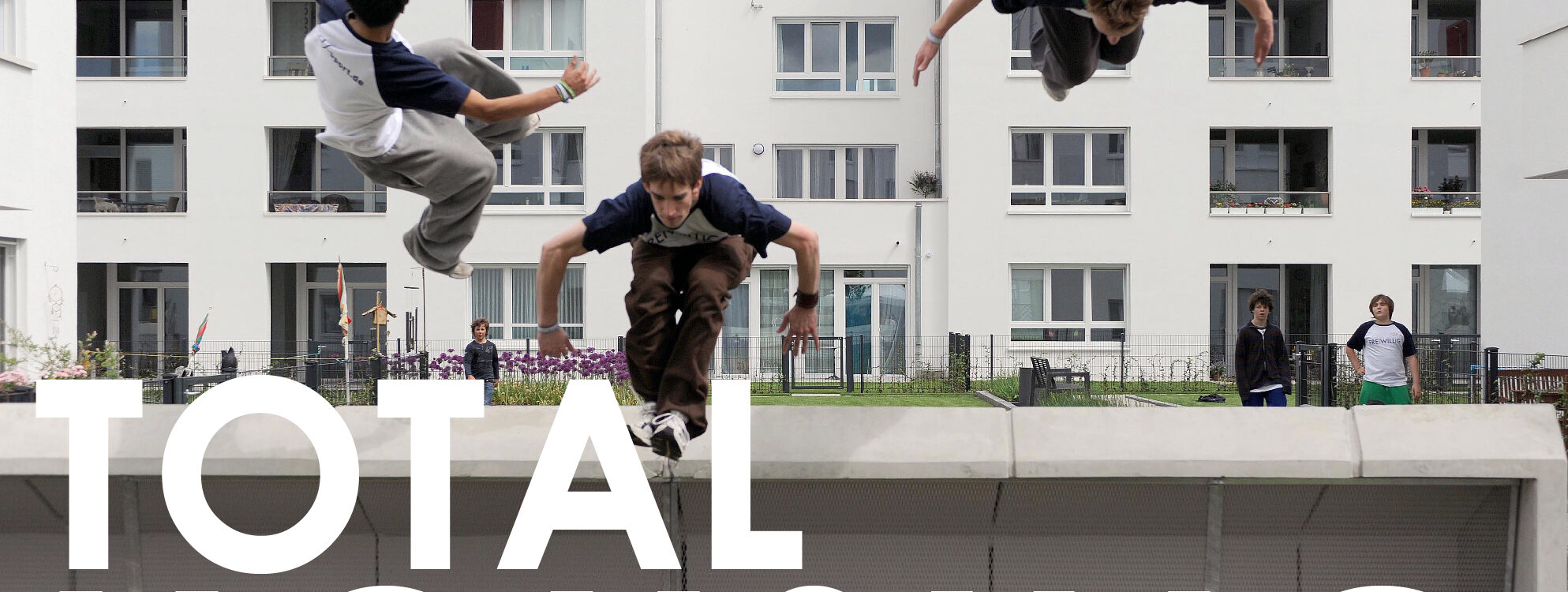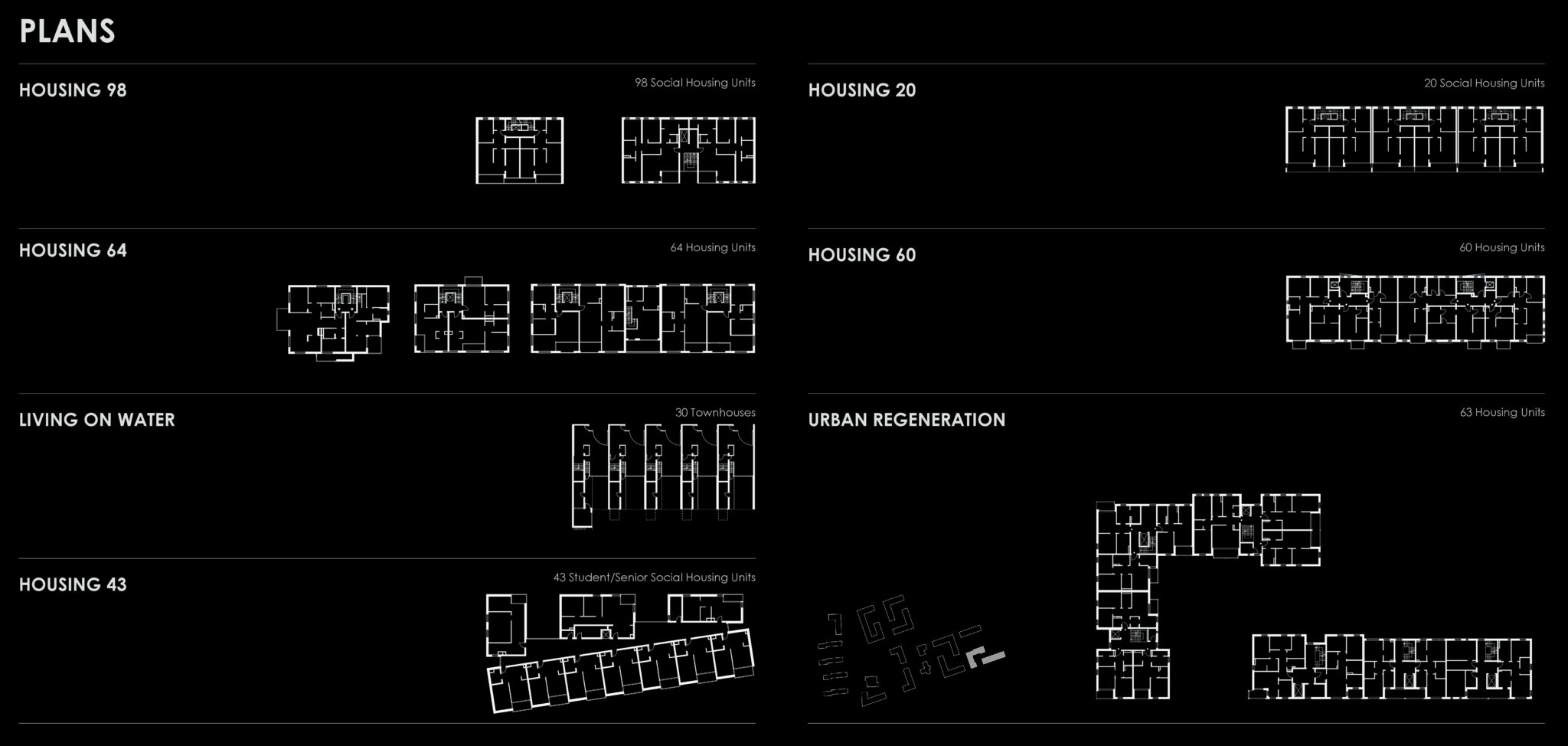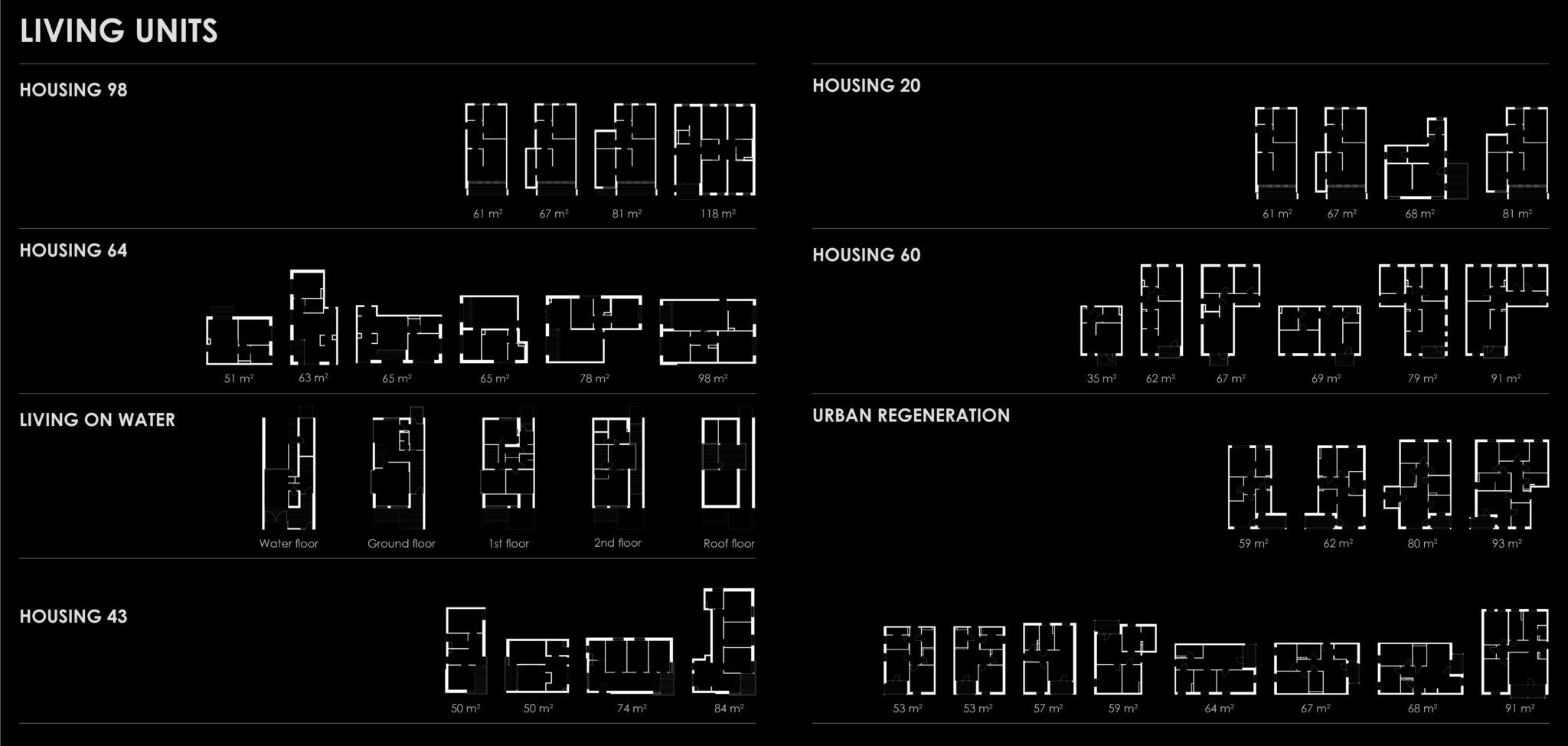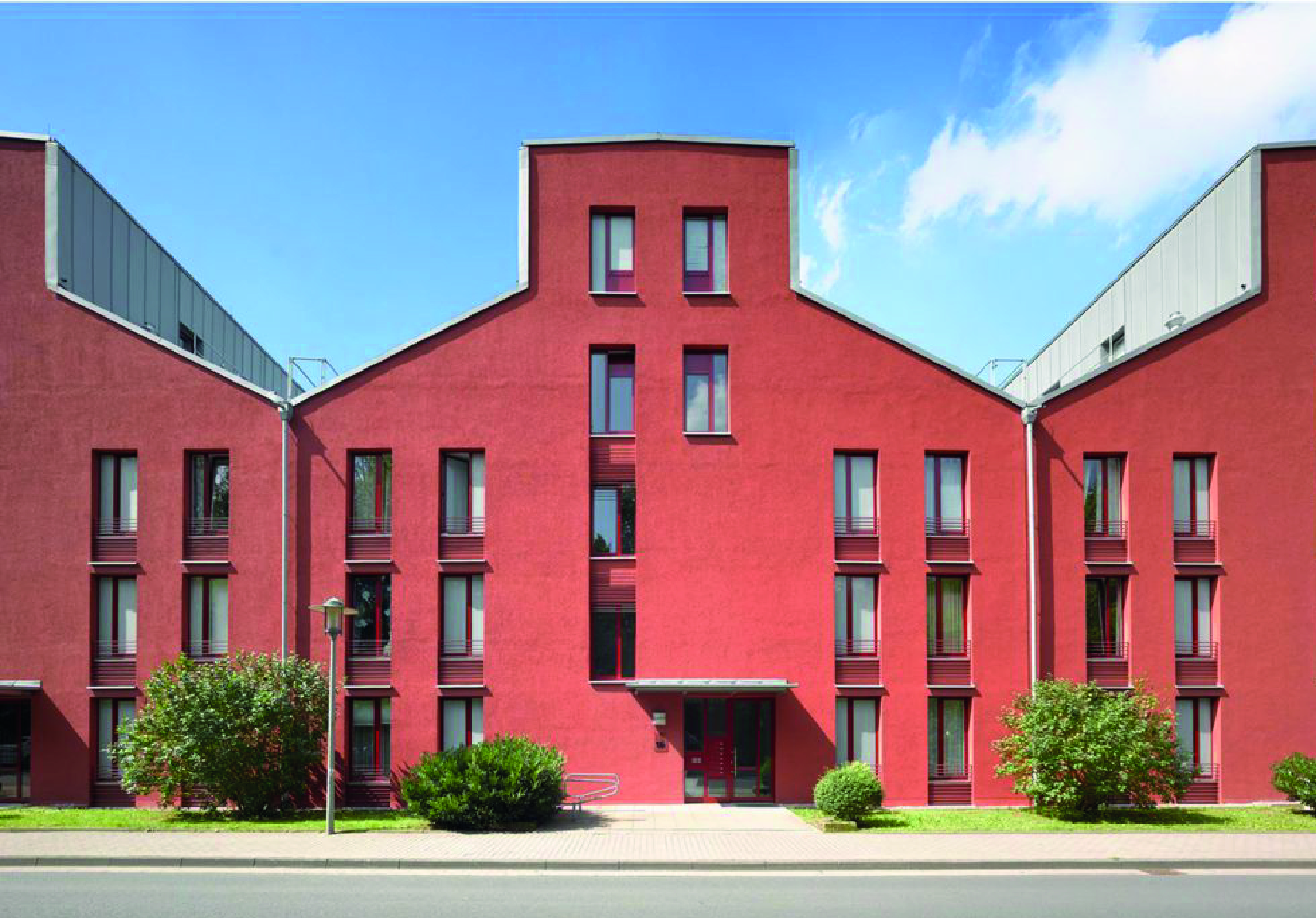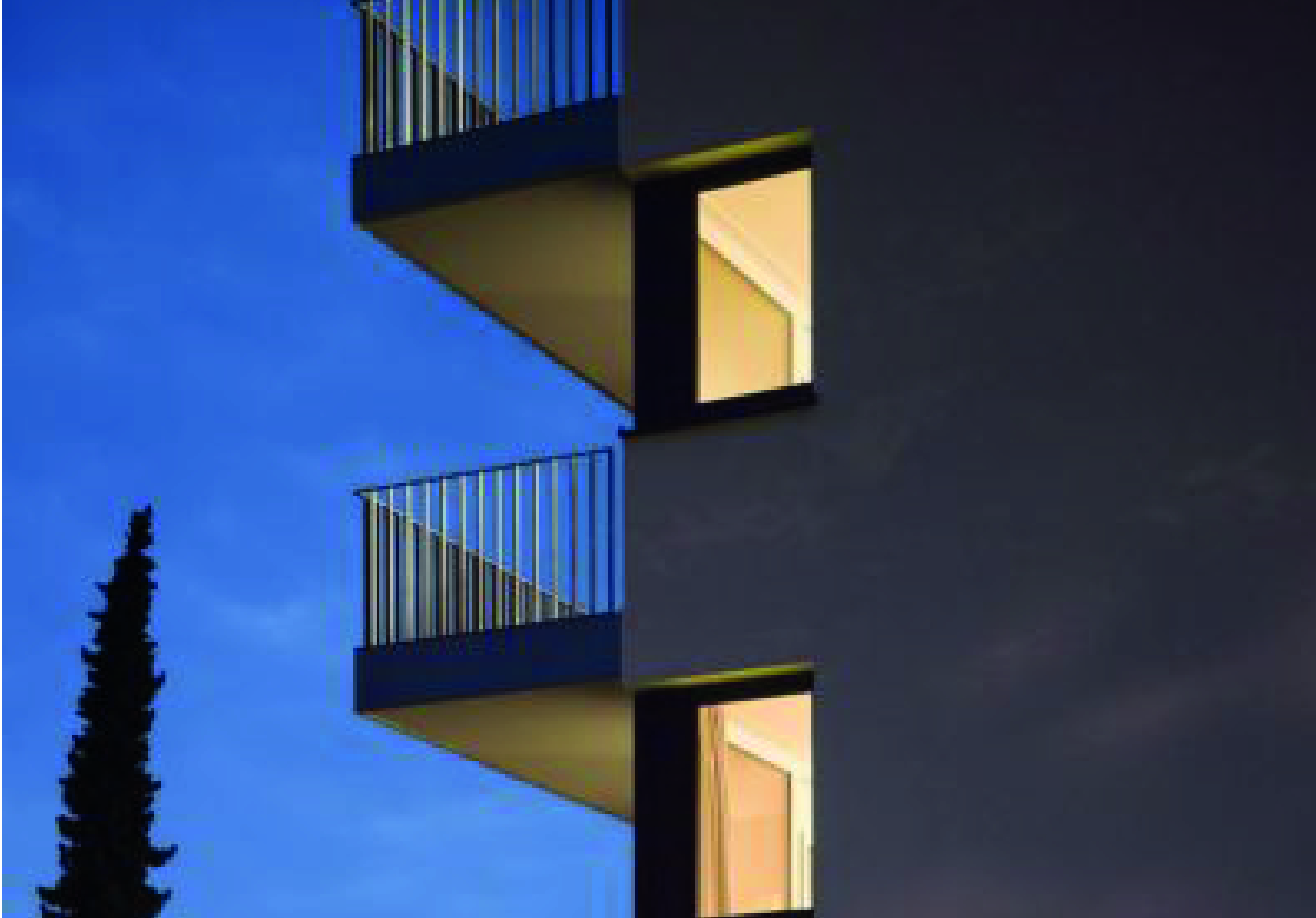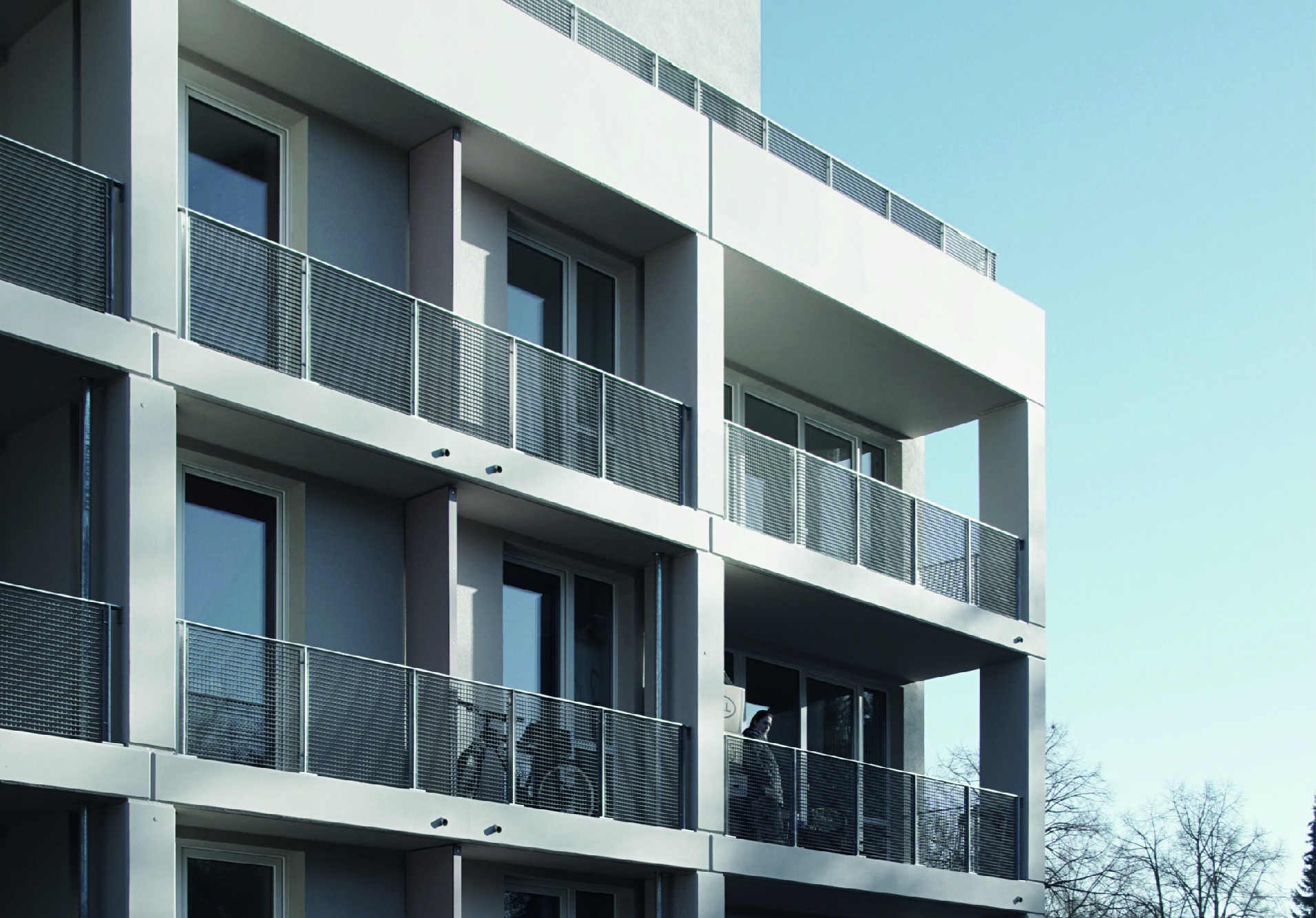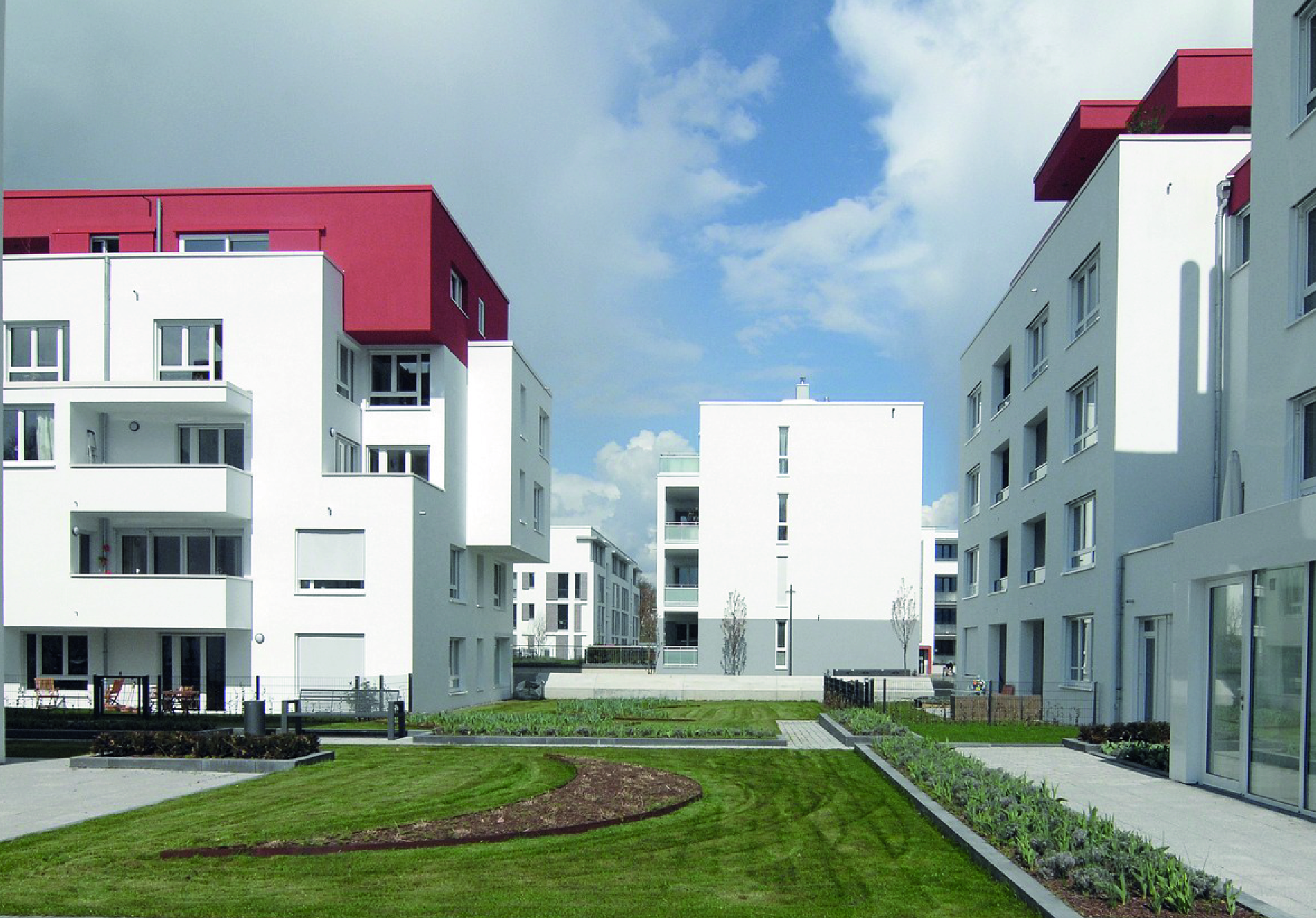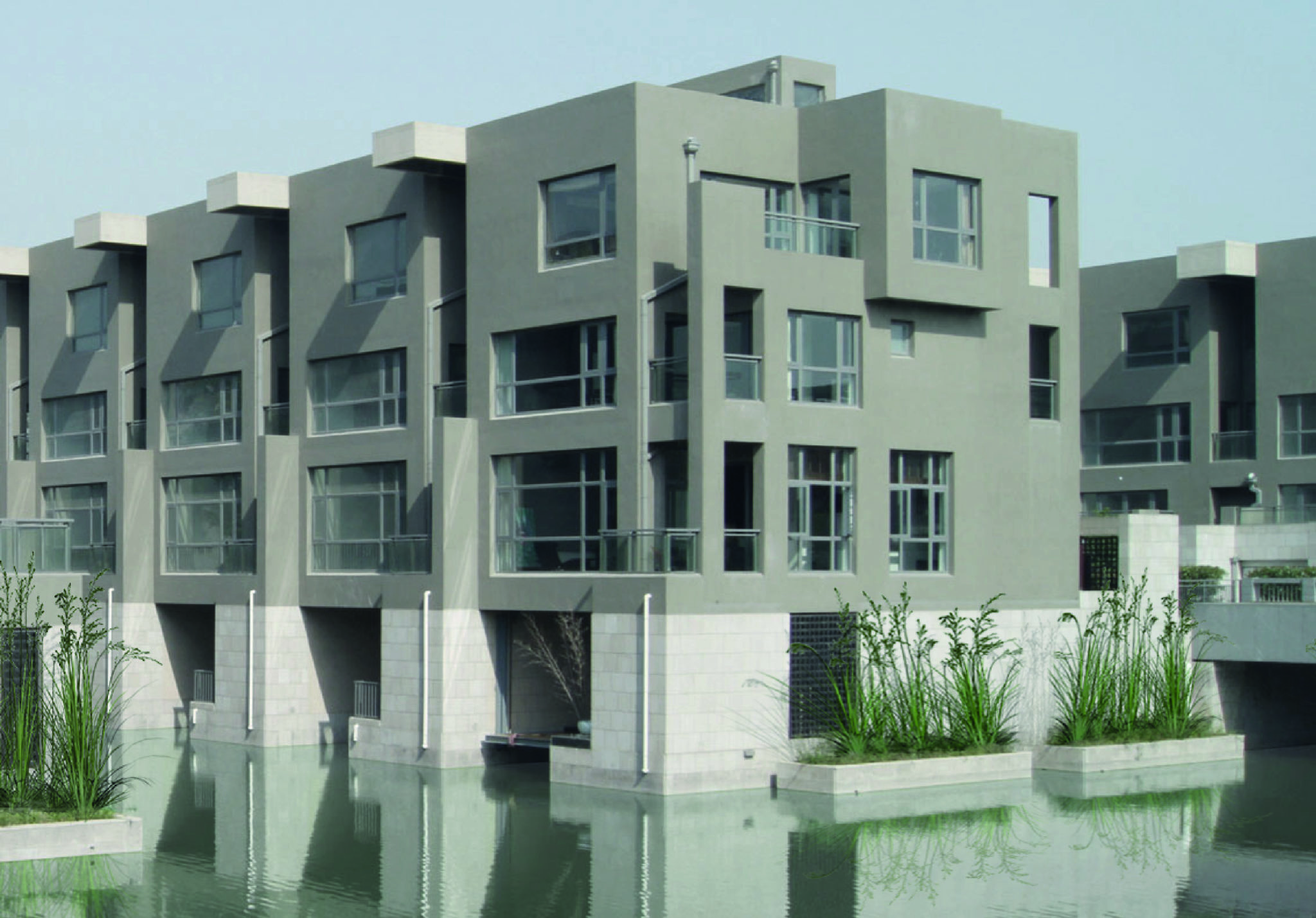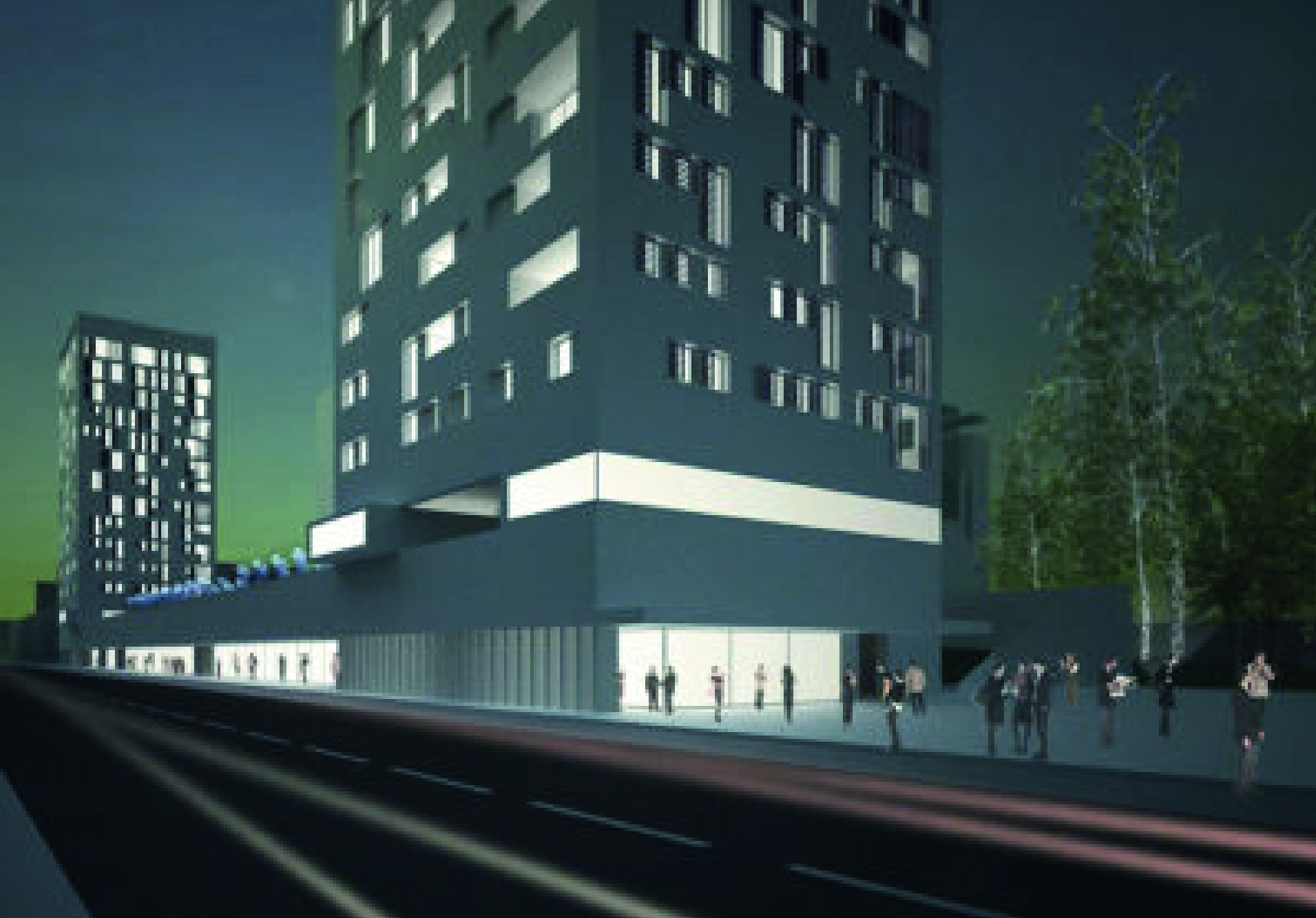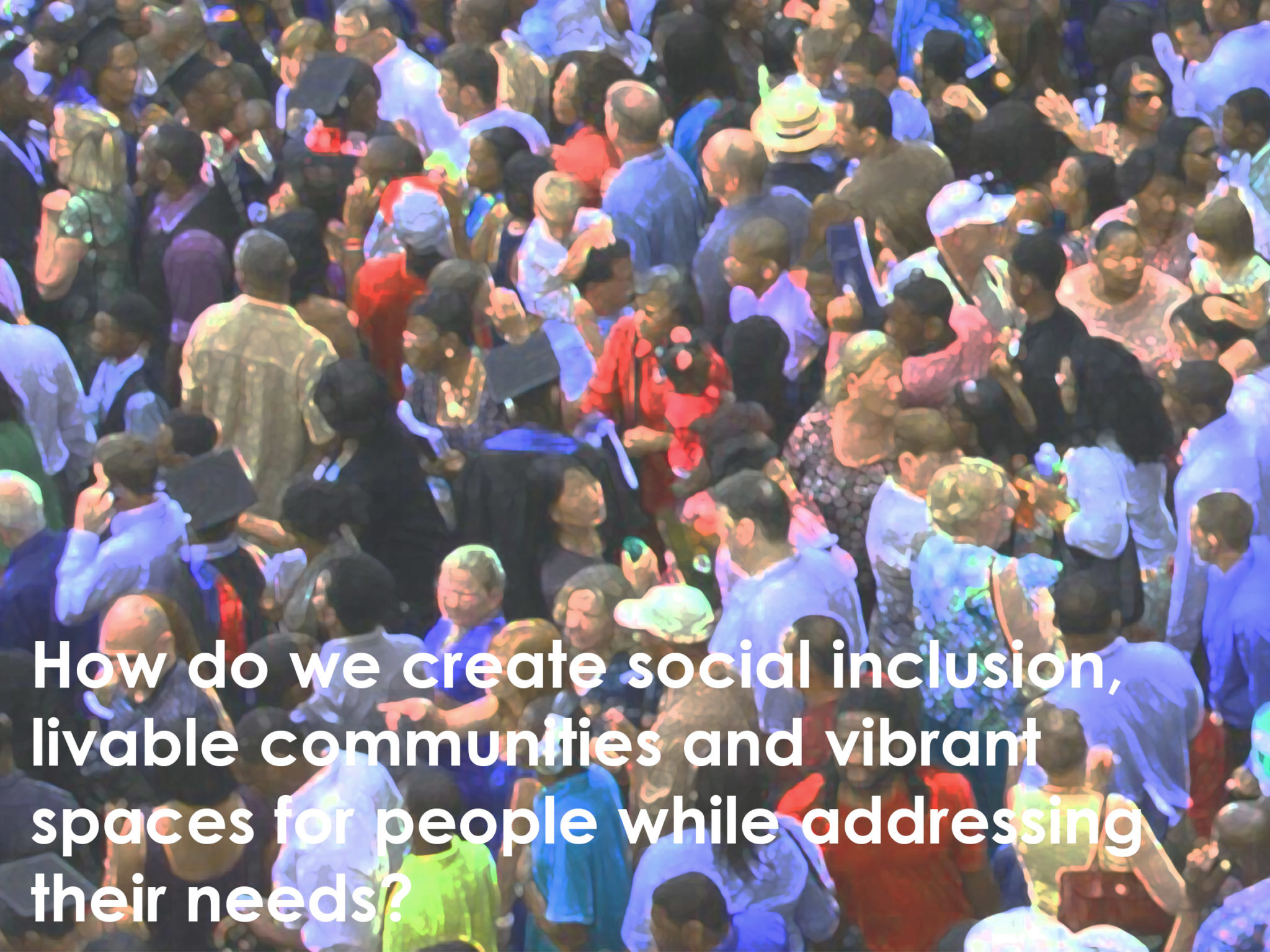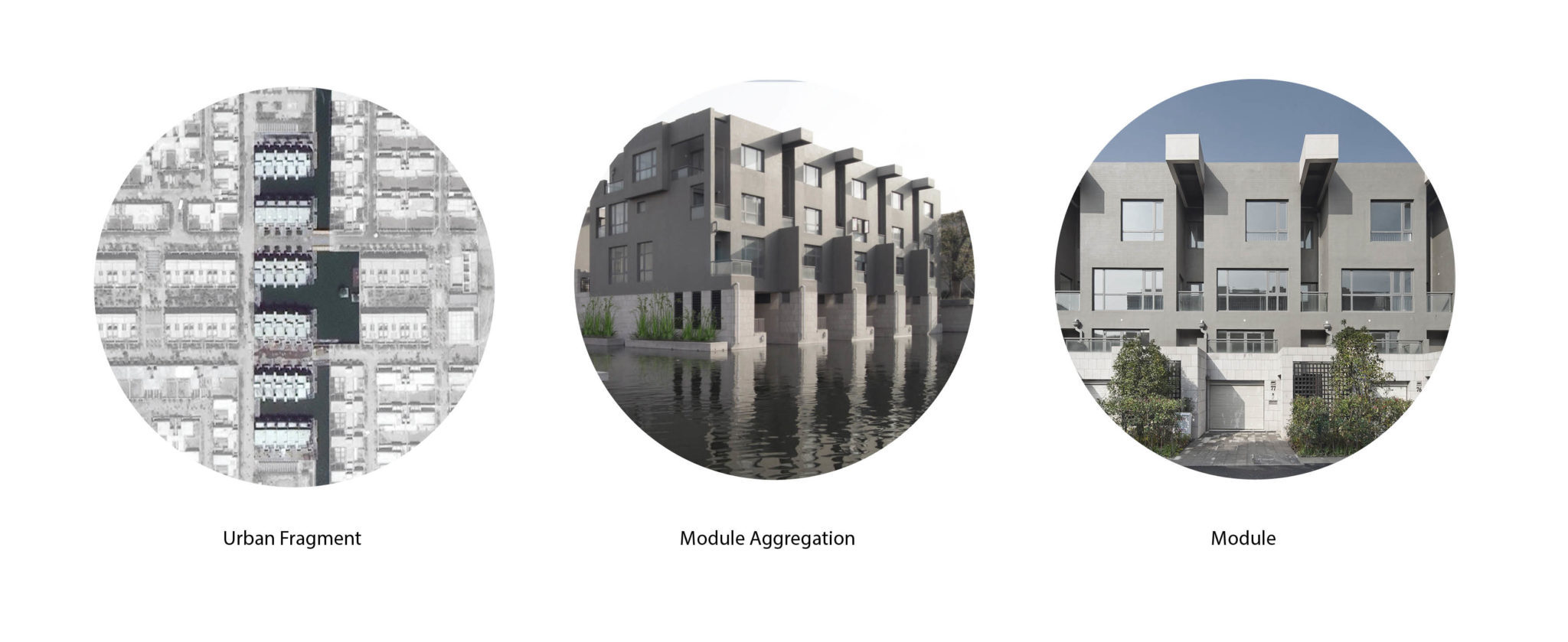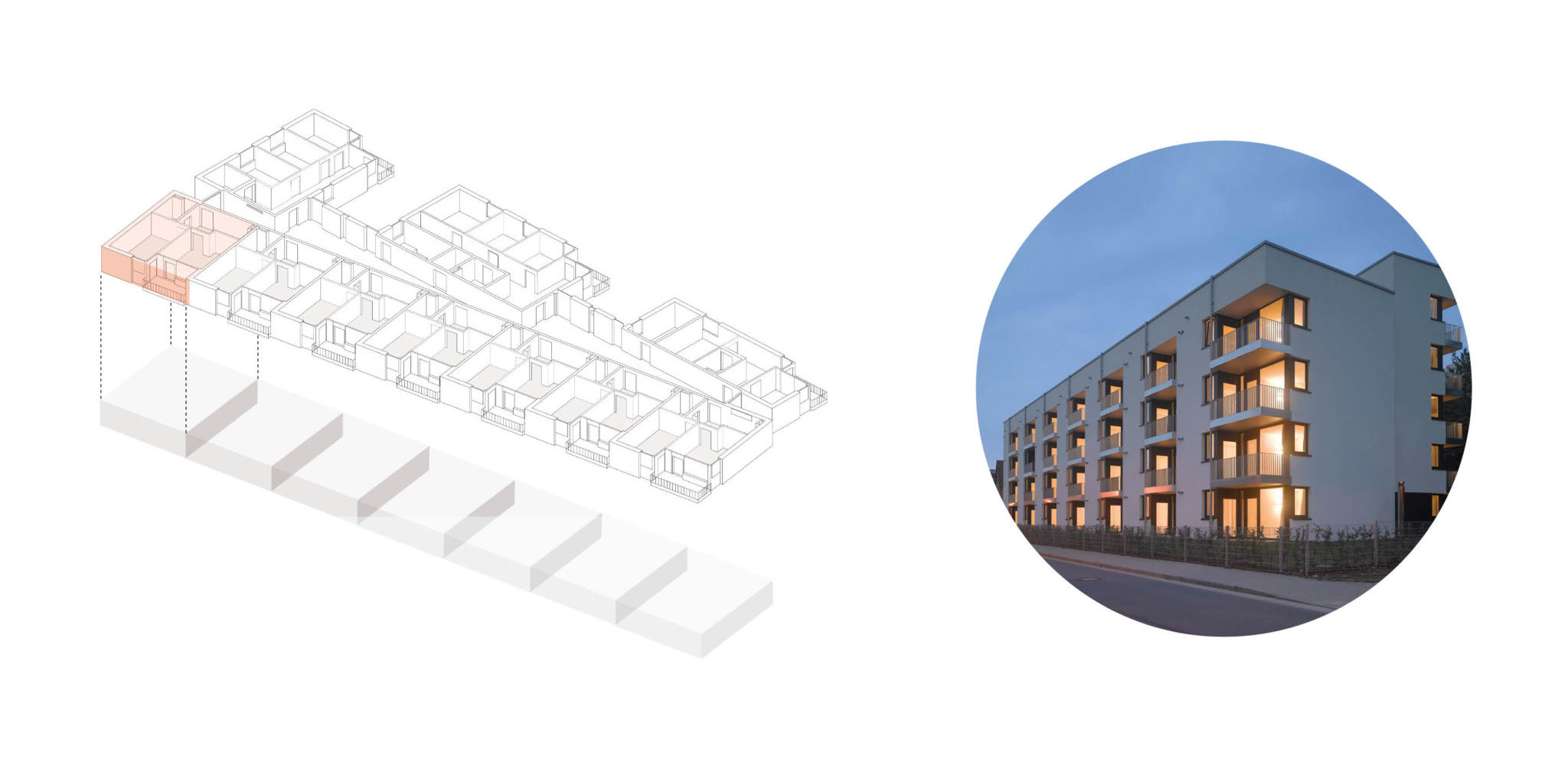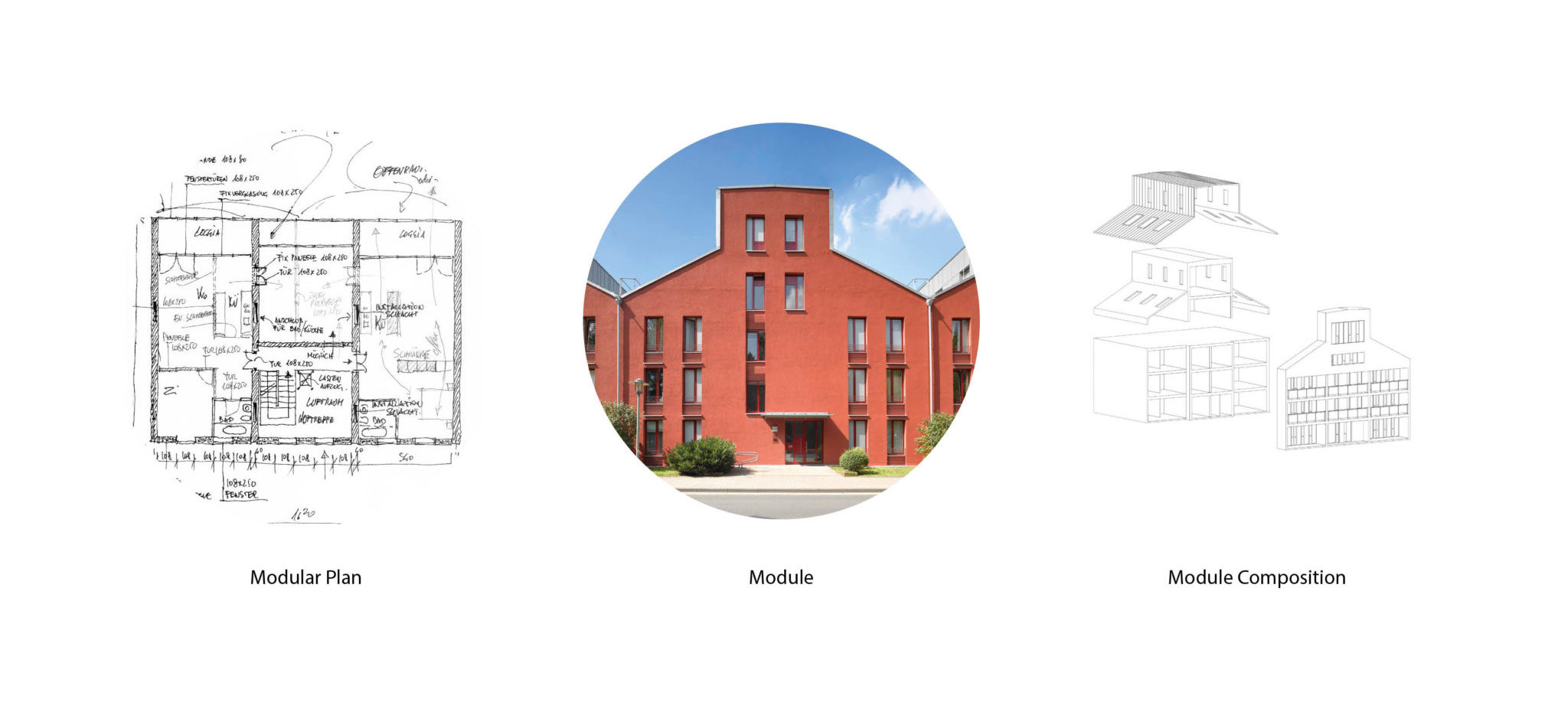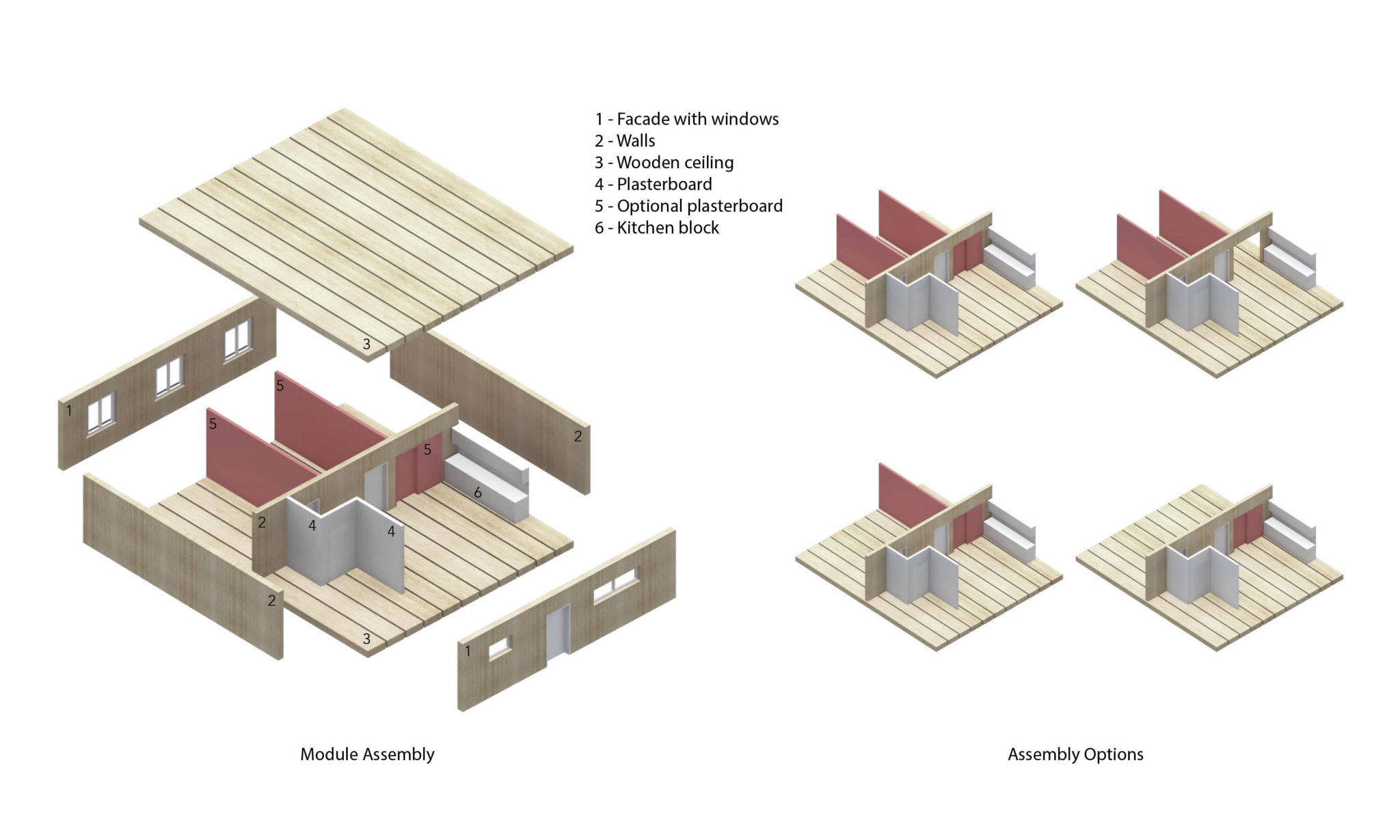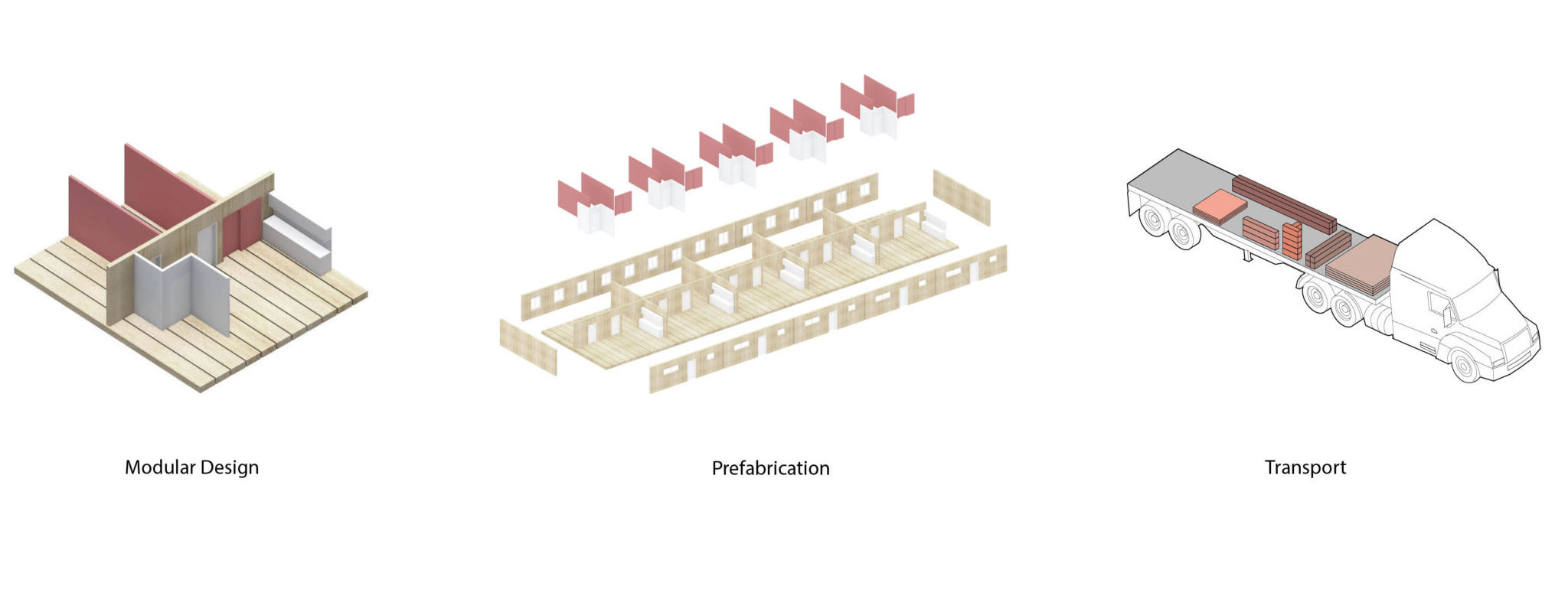TOTAL HOUSING
Housing – Brochure 
Related Works
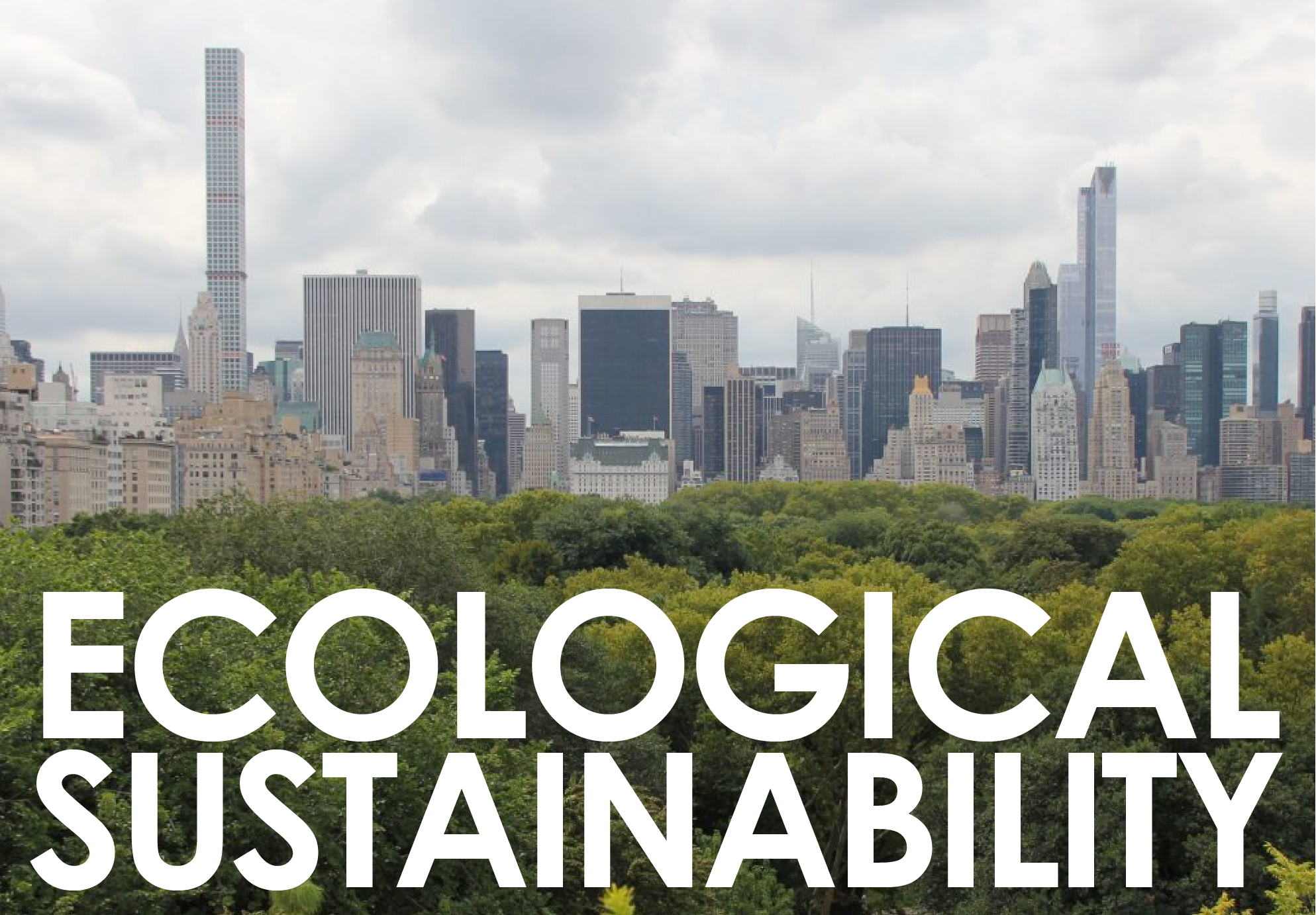
ECOLOGICAL SUSTAINABILITY We aim to stunning designs which not only communicate with the territory and the local climate, but work…
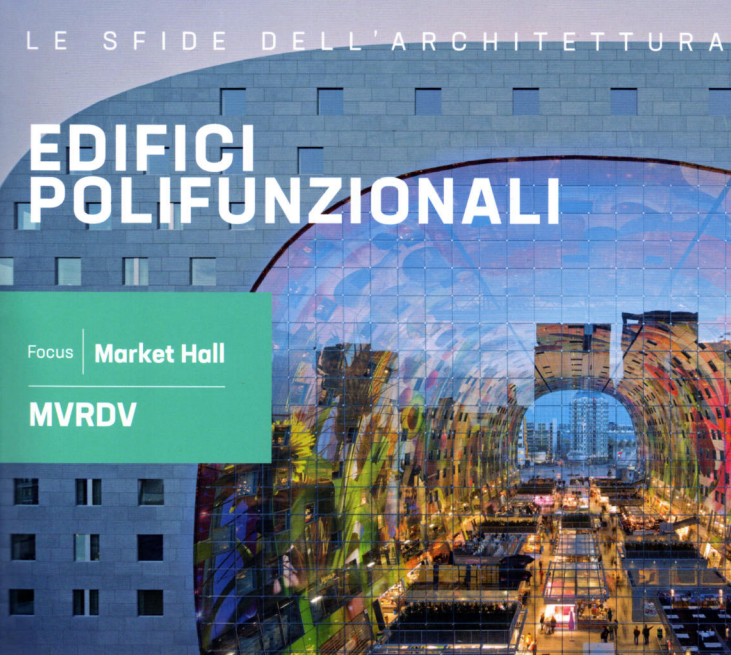
THE ARCHITECTURAL CHALLENGES – 25
MULTIPURPOSE BUILDINGS
Densification together with mixed use should be the strategy to rebuild in the intermediate areas and in the suburbs, a more complex, more inclusive, socially balanced…
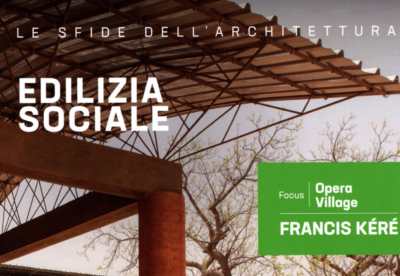
THE ARCHITECTURAL CHALLENGES – 26SOCIAL HOUSING
The difficult challenge of being able to create urbanity in a redevelopment area of a former barracks on the outskirts of the city through…
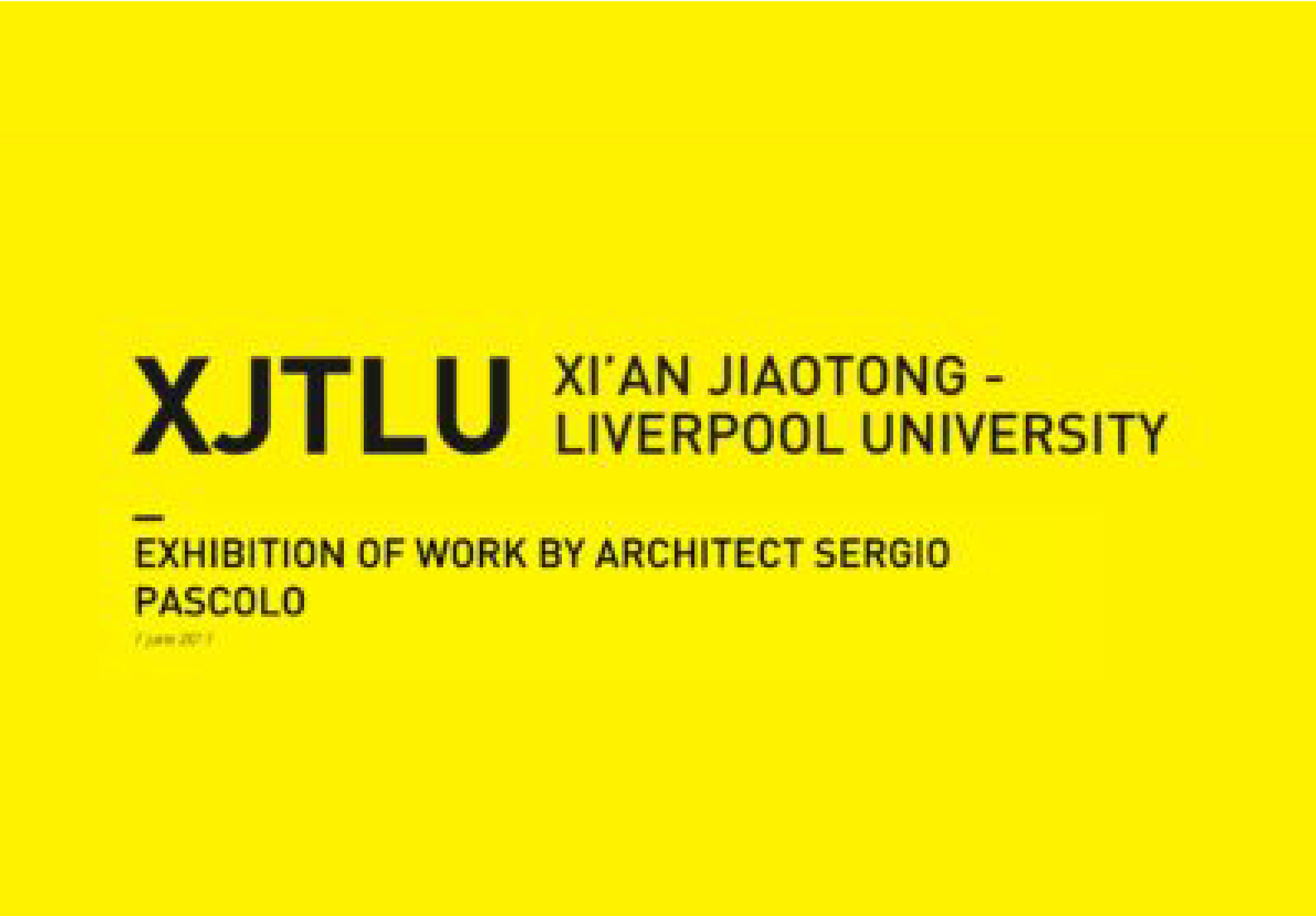
TOTAL HOUSING EXHIBIT
On April 20th 2017 XJTLU University of Suzhou hosted Sergio Pascolo Architects’ exbition “Total Housing”.
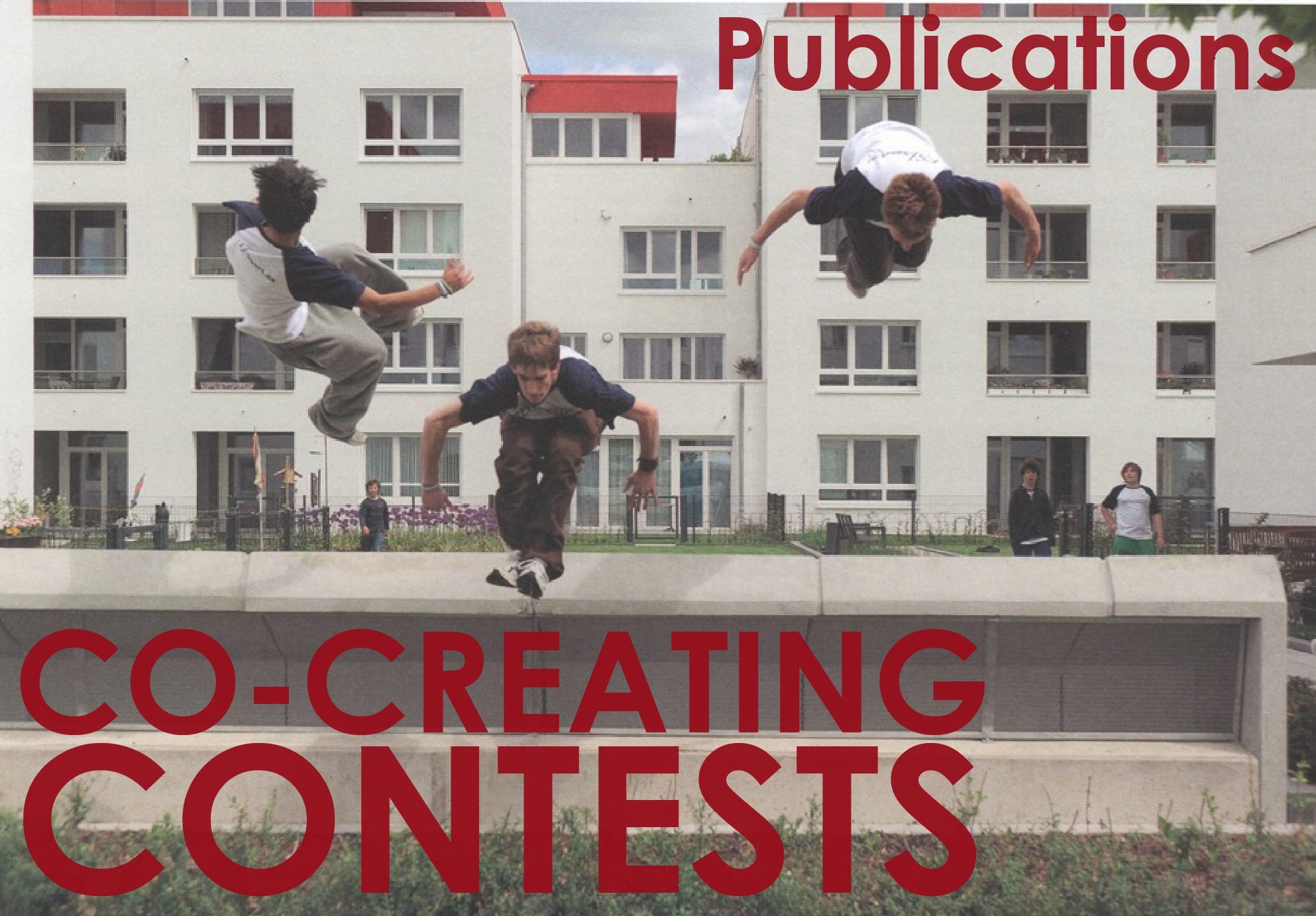
URBAN EXPERIENCES IN COMPARISON
Referring to the Seminar “Co-Creating Contexts” that took place in the Department of Design and Planning in Complex Environments, Iuav journal nr. 156 – December…

10.02.2017 – PREMIATION
GERMAN DESIGN AWARD 2017
Award ceremony in the Forum at Messe Frankfurt.
We are so pleased to announce that our project “intergative Housing – Göttingen” has been awarded in Excellent Communication Design with “special Mention” in the internationally prestigious German Design Award 2017.
Housing is a fundamental human rights and an overall need worldwide. While somewhere we have to take care as an emergency, it is always and everywhere what essentially defines the quality of our daily life. Today, housing is more and more an hybrid concept as, in the meantime, conventional uses have interweaved and overlapped: we can work at home, need leisure at our work place, have lunch or breakfast in a library or a theatre, and we usually study at home, in a museum or in a park as well as at school. We use the notion of “TOTAL HOUSING” to explore the innovation needed to create adequate spaces and congruous architecture for our in different places.
When effective we use modularity as a tool which allows buildings to undergo changes in time both in functionality and size by adding or removing components, without altering larger portions of the building so to adapt to the changing needs of its users. Moreover, modularity fosters the use of prefabricated and standardized components, which have a strong impact on cost-savings, including minimized worksite impact, fast assembly and upgradability.
When effective we use as a tool which allows buildings to undergo changes in time both in functionality and size by adding or removing components, without altering larger portions of the building so to adapt to the changing needs of its users. Moreover, modularity fosters the use of prefabricated and standardized components, which have a strong impact on cost-savings, including minimized worksite impact, fast assembly and upgradability.
Social Sustainability
We continuously develop new forms and look for innovative concepts, mastering creativity from the smaller detail to the whole building. The design needs to understand the needs, the context, the opportunity and the resources; we formulate concepts based on the complex interdependence of all these factors, while ensuring our designs’ economic value trascends contemporary conditions while embracing future scenarios in order to meet the requirements of present and future generations, strategically responding to their complexity and variation in time and space.
Flexible Design for Shared Spaces
The use of spaces varies according to the time of day and day of the week, and is affected by what is on offer in a particular place at a particular time. The building design allows a total or partial use of spaces, making them available to a wider range of users maximizing their use by opening them up to the community.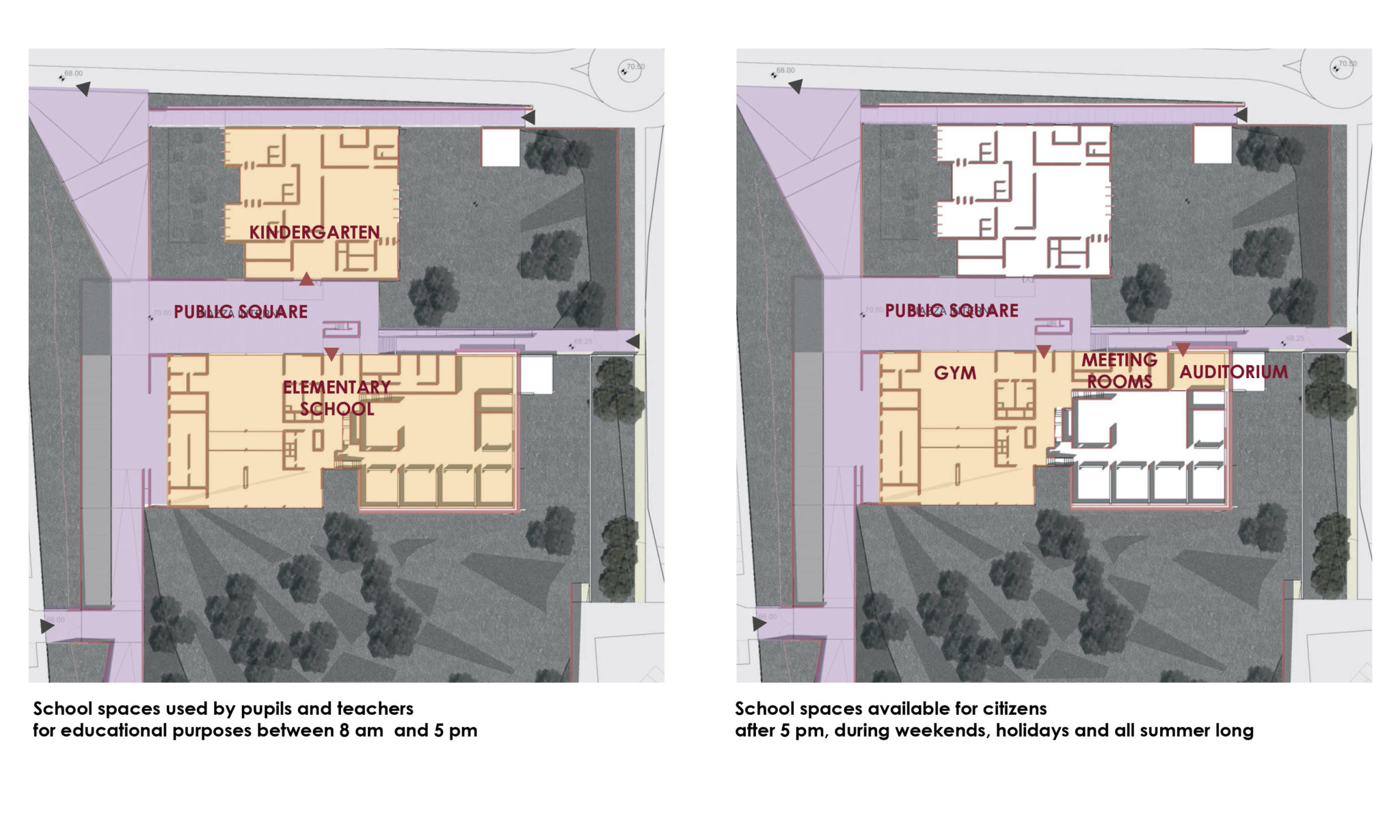
Flexible Living Unit
Designing a flexible layout able to be modified just by appling minor changes allows the living unit to adapt to housing and work demands (including integrated co-housing and co-working) in time, while addressing families’, youngs’, students’, professionals’ and elderlies’ needs, also allowing people to age in place, be in their homes or neighborhoods.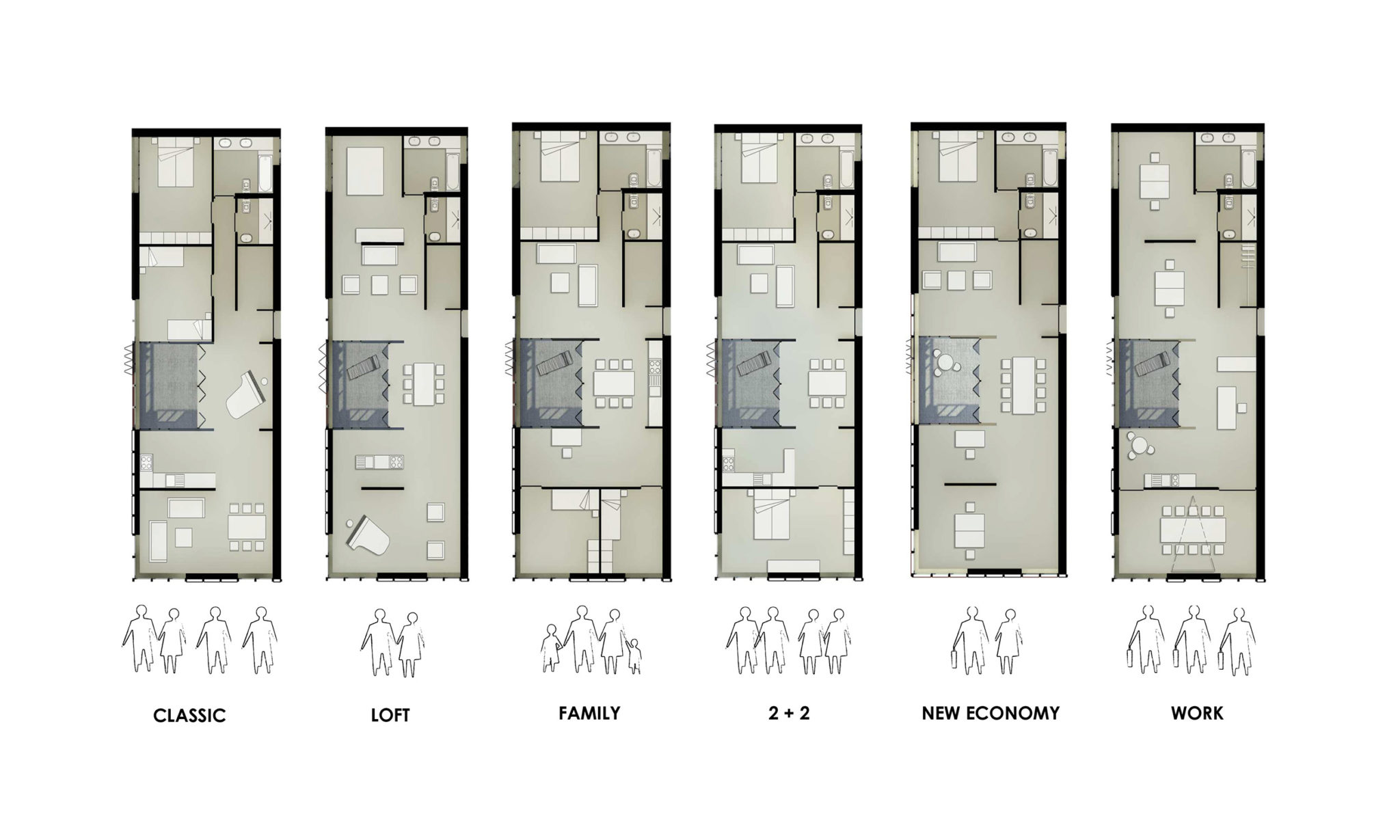
Social and Generational Mix
The building design can also influence and enhance the inter-generational exchanges and ensure a continuous use throughout the day by integrating activities for different age and social groups.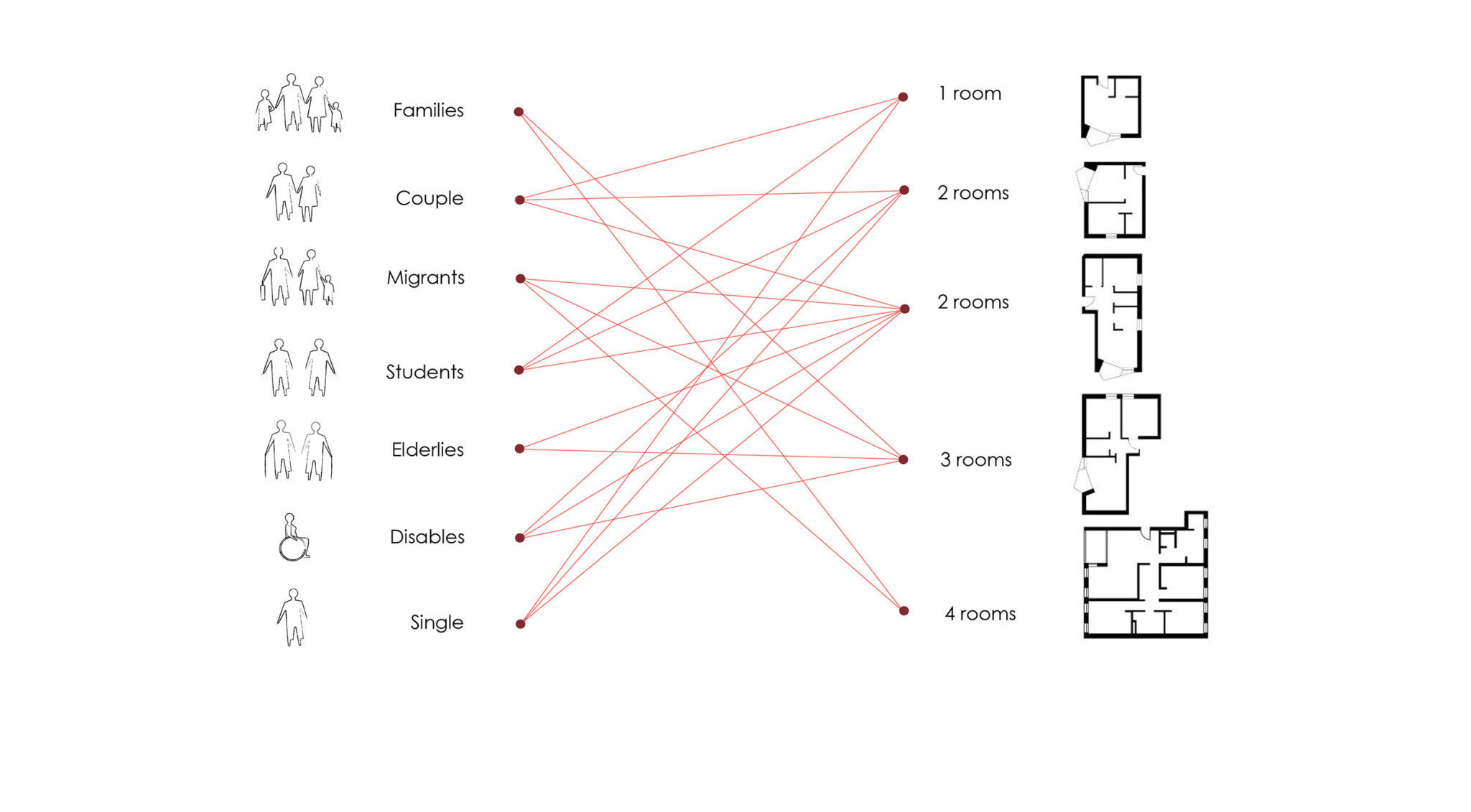
Variety of Living Unit Typologies
An inclusive design provides a variety of types of living units in order to address the housing needs of people belonging to different age-range while promoting the creation of multigenerational and inclusive neighborhoods able to address a wide range of needs.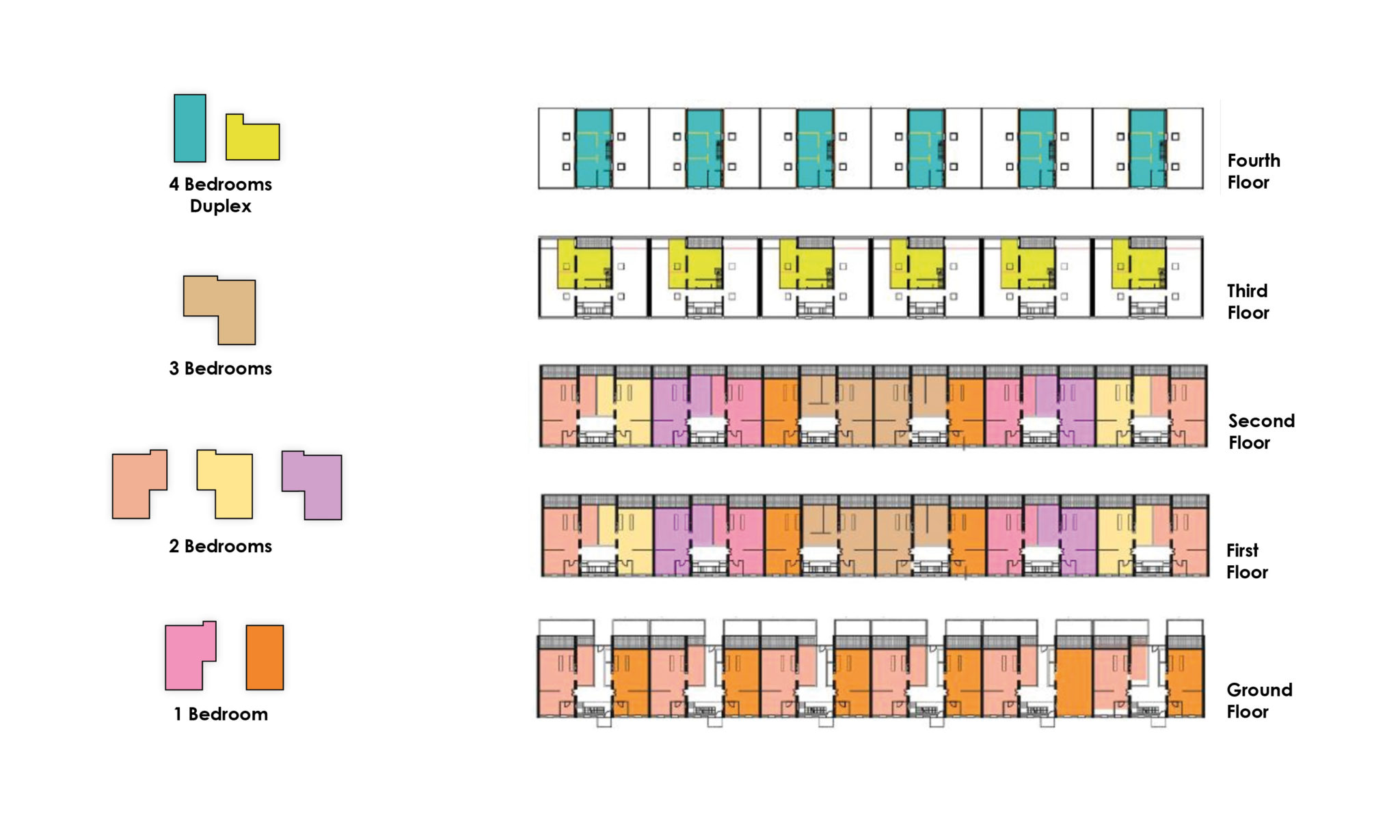

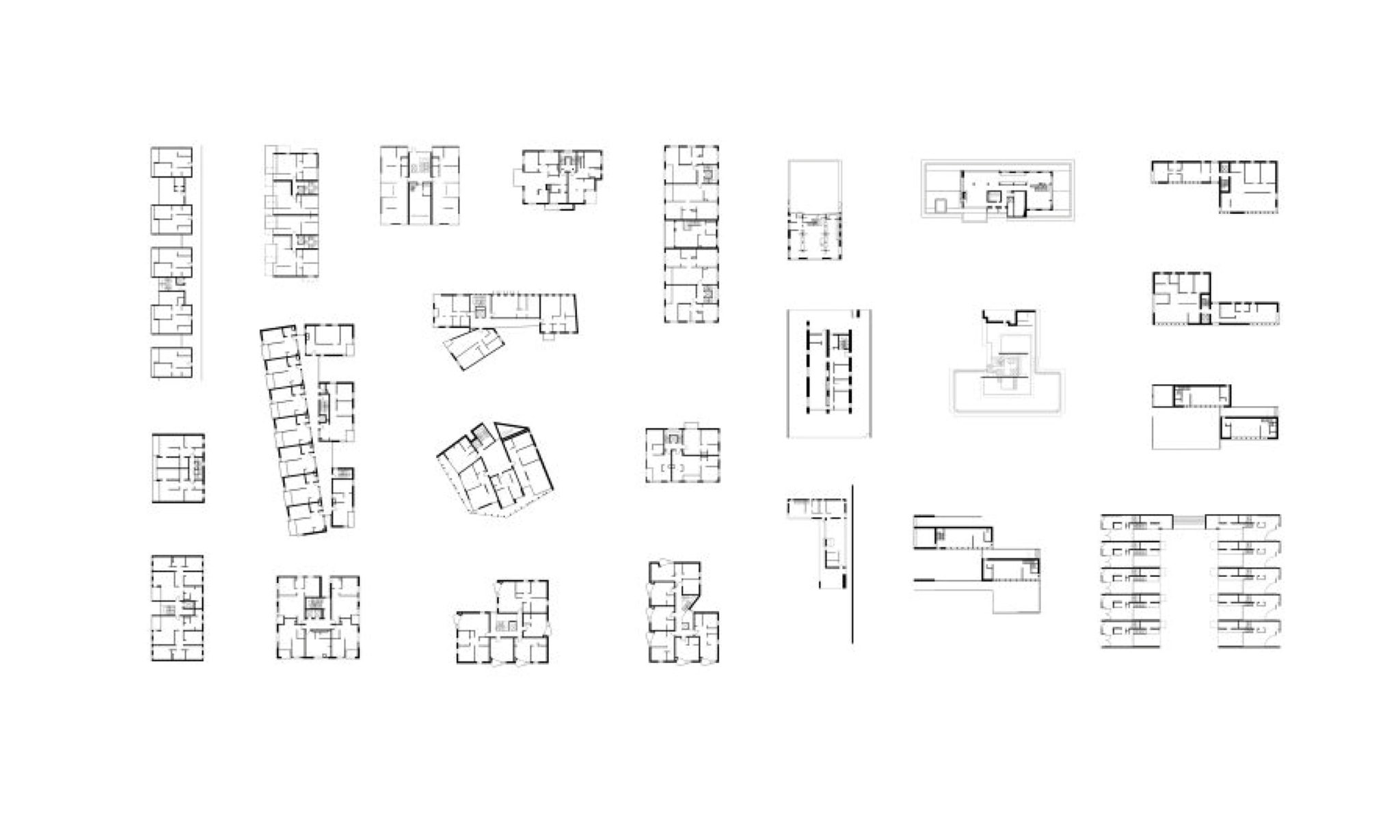
Mixed-use
Mixed-use facilities, particularly those that serve as town centers or are in the heart of urban areas, not only conserve valuable land resources, but also brighten communities and present opportunities for building efficiency, energy efficiency and sustainability. The idea of a single building where you live, work and play allows a higher density from a residential, recreational and commercial retail standpoint by stacking the uses vertically and horizontally.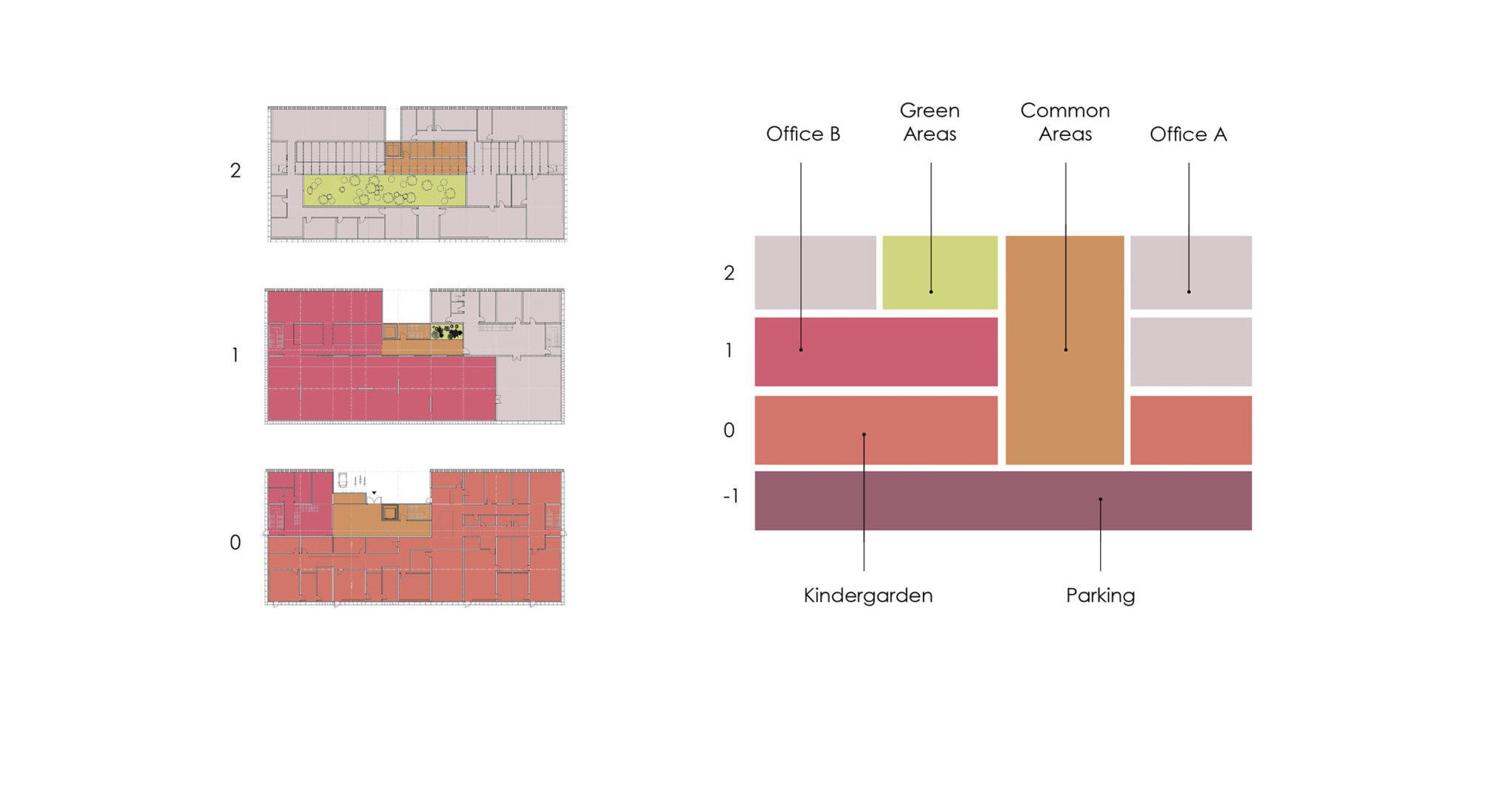
Shared Spaces
Creating a shared space requires approaching the project thoughtfully and designing it to reflect the needs and wants of users. Flexibility, a feeling of openness and ease of use are crucial when occupants move between private and shared spaces depending on their tasks.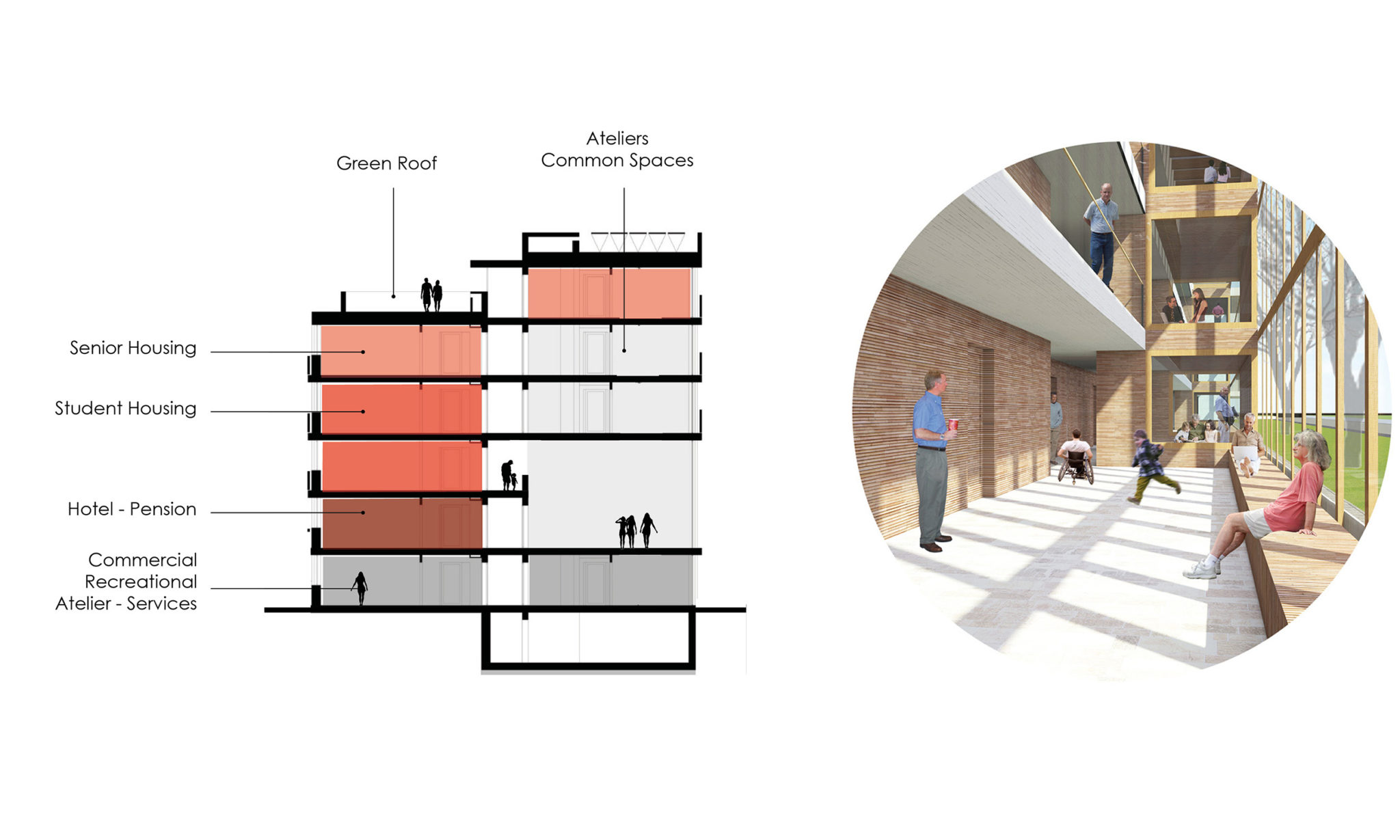
Modularity
Design for modularity allows us to create flexible spaces, achieve efficient cost-effectivess and production, a quicker construction phase and to lower or eliminating environmental waste within the whole loop, from the producer to the landfield.
Prefabrication
A design able to make the construction, production and transport phases quicker, cheaper and more efficient will help to minimize costs, related waste production and to reduce the impact o the site and surrounding areas as traffic limitations and it will save time.

